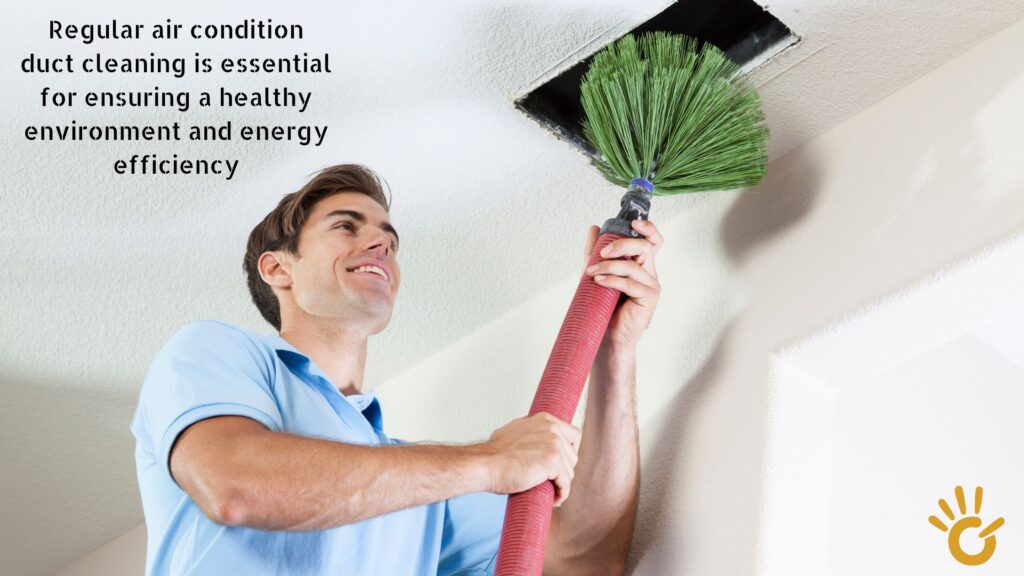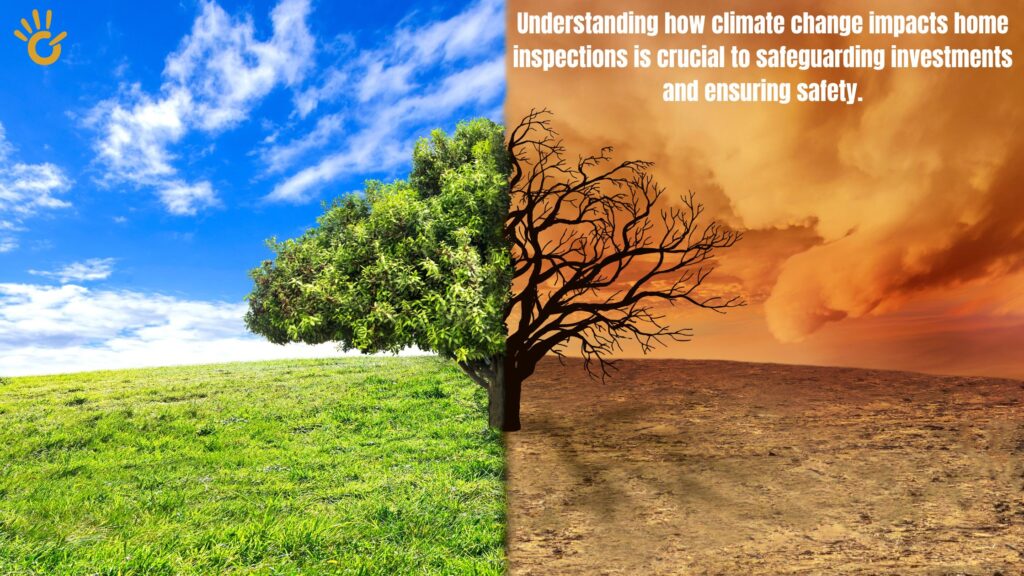Signs of Waterproofing Failures in Your Property- Waterproofing is one of the most critical aspects of property maintenance, protecting buildings from structural damage, mold growth, and costly repairs. However, even the best waterproofing systems can fail over time due to poor installation, material degradation, or environmental factors. Identifying signs of waterproofing failures early can save property owners thousands in repair costs.
This article highlights common waterproofing failures, key warning signs to watch for during an inspection, and preventive measures to maintain a leak-free property.
Why Waterproofing Failures Occur
Waterproofing failures can result from a variety of factors, including:
✔ Poor Installation – Improper application of waterproofing membranes, sealants, or drainage systems.
✔ Aging Materials – Over time, waterproof coatings, sealants, and membranes degrade and lose effectiveness.
✔ Extreme Weather Conditions – Heavy rains, humidity, and temperature fluctuations can weaken waterproofing barriers.
✔ Building Settlements & Structural Shifts – Cracks may develop in walls and foundations, allowing water infiltration.
✔ Clogged or Faulty Drainage Systems – Blocked gutters and drains can cause water pooling and leaks.
Common Signs of Waterproofing Failures
1. Water Stains on Walls & Ceilings
- Brown or yellow stains indicate water seepage from a leaking roof or plumbing system.
- Persistent damp patches suggest ongoing moisture issues.
2. Peeling or Bubbling Paint & Wallpaper
- Moisture trapped behind paint or wallpaper causes it to bubble or peel.
- In extreme cases, mold growth may appear beneath the surface.
3. Mold & Mildew Growth
- Dark spots on walls, ceilings, or corners indicate excess moisture.
- A musty odor is a common sign of hidden mold behind walls or under flooring.
4. Cracks in Walls, Floors, or Foundations
- Small cracks can allow water infiltration, leading to structural damage.
- Widening cracks indicate serious waterproofing and structural issues.
5. Efflorescence (White Powdery Deposits)
- A white, chalky substance on concrete or brick surfaces indicates water passing through.
- It signals poor waterproofing in basements or exterior walls.
6. Pooling or Standing Water
- Water collecting on flat roofs, balconies, or basements suggests poor drainage.
- If left unresolved, it can lead to leaks and structural weakening.
7. Musty or Damp Smell
- Persistent damp odors in basements, crawl spaces, or storage rooms indicate excess humidity.
- Hidden leaks or waterproofing failures may be the root cause.
8. Warped or Cupping Wooden Floors
- Excess moisture causes wooden floors to expand, warp, or lift.
- Bathrooms, kitchens, and entryways are common areas for water damage.
9. Leaking Roofs & Ceiling Drips
- Water leaking from the ceiling after rainfall suggests a damaged or improperly sealed roof.
- Weak waterproofing membranes may require urgent repair.
10. Rust & Corrosion on Metal Fixtures
- Excessive humidity can corrode door hinges, window frames, and steel reinforcements.
- Rust indicates high moisture levels and poor ventilation.
Signs of Waterproofing Failures in Your Property
How to Prevent Waterproofing Failures
To avoid costly water damage, property owners should take proactive steps:
✔ Schedule Regular Inspections – Annual waterproofing checks help detect early issues.
✔ Maintain Drainage Systems – Clean gutters, downspouts, and drains regularly to prevent blockages.
✔ Repair Cracks Immediately – Address even minor cracks in walls and floors before they expand.
✔ Upgrade Waterproofing Solutions – Use high-quality sealants, membranes, and coatings.
✔ Monitor Humidity Levels – Install dehumidifiers in moisture-prone areas.
✔ Ensure Proper Ventilation – Improve airflow in basements, attics, and enclosed spaces.
Hiring Professional Waterproofing Inspectors
A professional waterproofing inspection includes:
🔹 Thermal Imaging Cameras – Detect hidden leaks behind walls.
🔹 Moisture Meters – Measure dampness in floors and ceilings.
🔹 Drainage System Assessments – Ensure water flows away from the property.
🔹 Detailed Inspection Reports – Provide solutions for identified issues.
Hiring a professional ensures thorough detection of waterproofing problems and expert recommendations for repairs.
Final Thoughts
Waterproofing failures can lead to serious property damage, but early detection and proactive maintenance can prevent costly repairs. By recognizing warning signs such as water stains, mold growth, and foundation cracks, property owners can take timely action to protect their investment.
Regular inspections, proper drainage maintenance, and expert waterproofing solutions are key to keeping your property safe from leaks and moisture damage.
For the best protection, always consult waterproofing professionals to ensure your home or building remains dry, durable, and damage-free.



